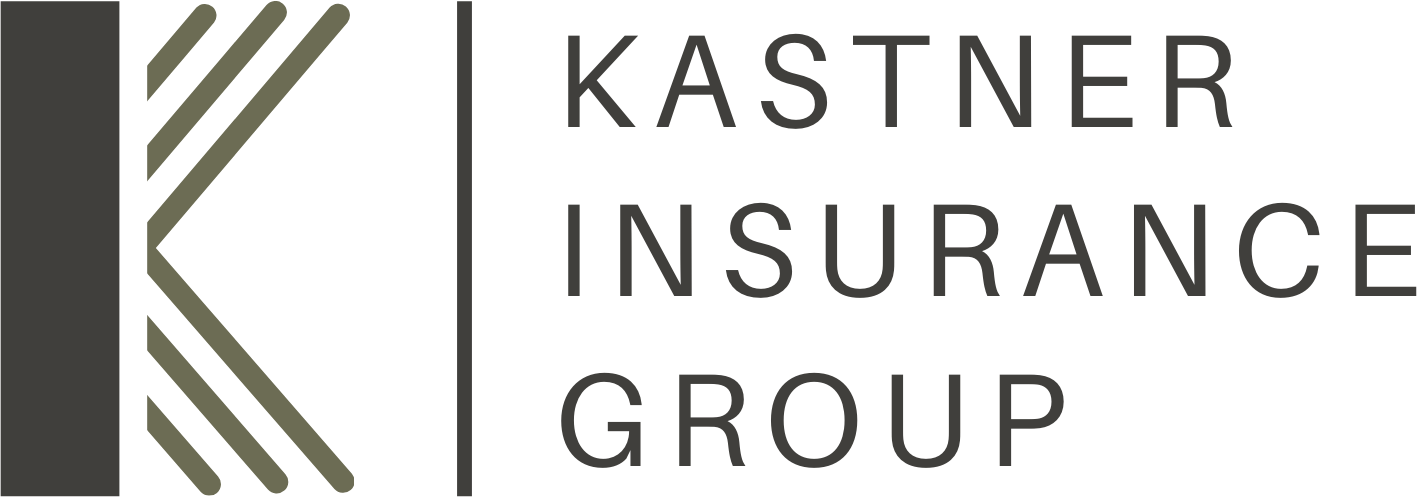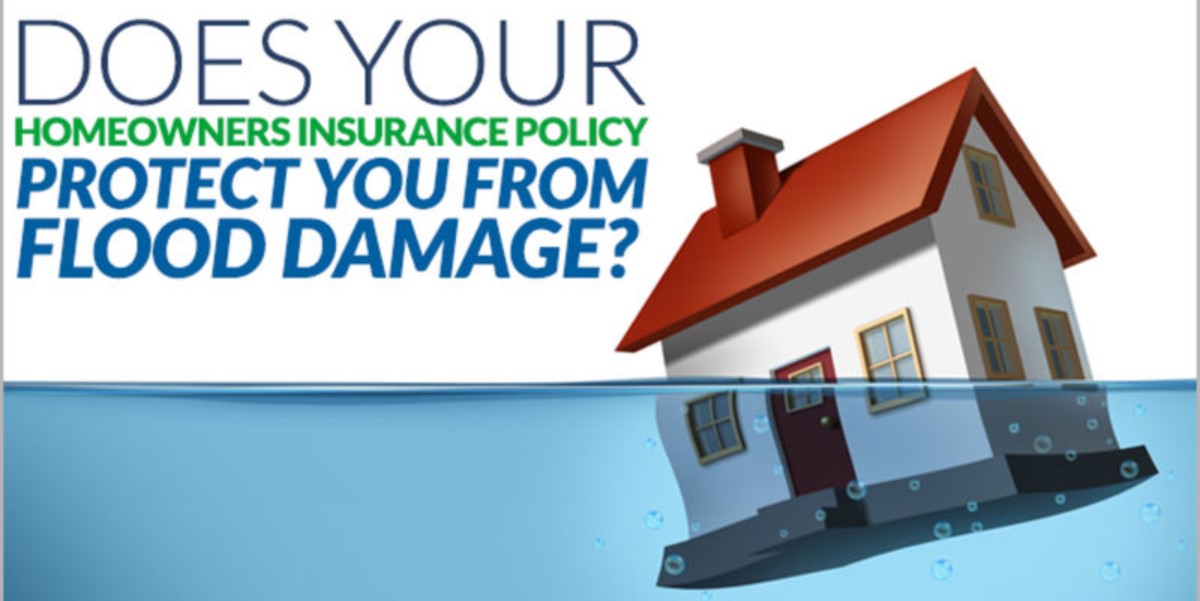2 min read
You Need To Know About These Flood Insurance Changes: Risk Rating 2.0
Levi Kastner
Jun 26, 2022 7:41:19 PM
-1.png)
FEMA has updated its National Flood Insurance Program
According to FEMA.gov, FEMA has updated the National Flood Insurance Program's pricing methodology to communicate flood risk more clearly, so policyholders can make more informed decisions on the purchase of adequate insurance and on mitigation actions to protect against the perils of flooding, like during Hurricane Harvey.
Here is a basic summary of what you need to know about the new flood program, called Flood 2.0, or Risk Rating 2.0 (Equity in Action)
Disclaimer: This is meant to be a brief overview of changes to the flood insurance program and by no means is exhaustive. If you have additional questions make sure to contact your insurance agent.
Over the last 50 years, FEMA has collected $60 billion in NFIP Premiums but has paid $96 billion in costs (including losses, operating expenses, and interest). Taxpayers and policyholders are adversely impacted when the program does not generate the revenue needed to pay claims.
Risk Rating 2.0 helps put the NFIP (National Flood Insurance Program) on a solid footing by creating a more stable, equitable program that is accountable to taxpayers (Flood handout 2.0).
Basically, the federal government has provided subsidized insurance for homeowners who live in flood-prone areas. As a result, the premiums aren't true premiums, and if left taxpayers picking up the rest to keep it affordable. This is all being phased out because the program cannot continue in the red.
Here are the most important things you need to know:
- The preferred rated pricing or (PRP Rating) is no longer; bucket pricing for zone X and C is no longer a choice. Rating will be on a house, by house basis. In risk rating 2.0, flood zones really aren't a thing anymore; HOWEVER, lenders will still pull recognize flood zone determination documents to determine if flood insurance will be required or not.
- Elevation certificates are no longer needed because FEMA has collected data to be able to rate the house. HOWEVER, I will always recommend an elevation certificate to make sure what FEMA says matches the elevation certificate.
- If you currently have a flood policy and don't change to Flood 2.0, your policy will see a maximum increase of up to 18% per year until it reaches the new rate.
- Repetitive loss is being retired and you will be surcharged for flood claims after your next flood loss for the last 20 years.
- All policies renewed on or after April 1st, 2022, are subject to the Risk Rating 2.0 rating methodology.
- Flood zones are not technically a thing as far as rates go.
- If you are a buyer, seller, or realtor, I would always recommend asking for copies of the flood policy declarations, elevation certificate documents (if they have one), or double-check the flood zone to see if it will be required by the lender. Be ready for flood insurance upfront when buying or selling a home!
- Even if a property is not in a flood zone, I would always recommend getting a flood quote and having this information available for realtors, if you are buying/selling your home.
If you have questions about your Louisiana Home Insurance policy or want more information on how these changes may affect you, give us a call at the office 337-291-0018. You can also click the button below to schedule a free consult with us. Either way, we'd be happy to hear from you!
-1.png)
Louisiana Insurance Market Update.
What in the world is going on in the Louisiana Insurance Market?





.png)
